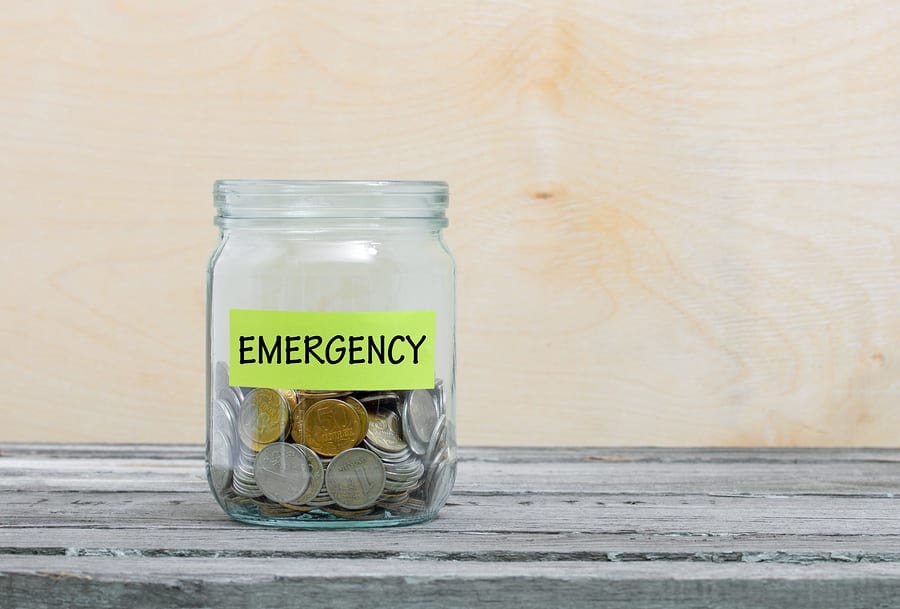By Laser 1 Technologies
Financial Disaster Recovery
Inspired by hurricane season, we talked about preparing for disaster recovery in early October, and we hinted at an equally important parallel process: preparing for financial disaster.
Savvy business people don’t let a good economy give them a false sense of security. It’s not a question of “if,” but “when” the economy will take a downturn.
As is the case for preparing for natural disasters, it’s a big investment of effort, but it will pay off in improved operations and communications even as you wait for disaster to hit. Think of it as a proactive lesson in nimbleness and adaptability.
The internet has a wealth of articles and resources to get you started. Here are a few suggestions I find worth sharing:
“Hedge Exposure to China” – From Inc.
Ballooning corporate debt is an even more concerning problem in China, as it is concentrated in even riskier companies. By some accounts, China’s share of corporate bond at risk of default could soon rise to 43 percent. Compounded with the recent geopolitical friction with China in terms of trade, entrepreneurs should be particularly careful in understanding their business’ exposure to China. Relying exclusively on China for key relationships could prove risky in the coming years.
In particular, if your customer base or supplier relationship relies on a healthy Chinese economy or open trade, this could severely impact future growth in an increasingly vulnerable Chinese economy. To prepare for this, entrepreneurs should map out options to diversify their relationship to the Chinese economy. For instance, for those using Chinese suppliers only, sourcing options in other countries for manufacturing should be explored.
“Work Through Crisis Scenario Models” – From Inc.
While it may seem alarmist, spending time to analyze the vulnerabilities of your business to the economic environment is an important step in protecting your company from future downturns. The business plan in its entirety should be dissected for crisis scenario vulnerabilities. This is best done with help from the outside, as entrepreneurs entrenched in their own company will have a hard time poking holes at their own exposure.
Difficult questions need to be asked and answered, such as “if our target market no longer has money to spend on our product, what will we do and how long can we last?” or “if our next line of credit Is no longer available, how will we fund purchase orders?” While these questions and this exercise in general may seem apocalyptic in nature, this is close to what many entrepreneurs experienced in 2008. Without a plan for what would happen during crisis, founders are steering the ship into potentially rough waters with no map.
“Swim the Channel” – From Forbes
One of your most important assets is your sales channel and existing customers. To better position yourself in the coming downturn, consider using that channel to expand sales of new products and services. There are several strategies and methods to increase sales:
- Adjacency Strategy. Are there “adjacent” areas around the company’s core products or services that are natural extensions of the core? Examples might include a warranty or expedited delivery service offering to your existing product line.
- Extension Strategy. Extensions involve the concept of the “extended enterprise.” Consider reaching beyond natural adjacencies to product or service extensions that might position the company for growth beyond the core business.
- New Channel Strategy. Consider entering new markets through alliances, partnerships, mergers or acquisitions, or even franchising your product. Alliances and partnerships might be a less capital-intensive way of growing the company without having to make an investment in new production facilities or inventory.
“5 Lessons for Supply Chains from the Financial Crisis” – From Supply Chain 247
This article is a must-read: it’s got way too much to summarize here. Click through and read it, I promise it will provoke some serious thought. Here are the five lessons they cite:
5 Lessons for Supply Chains from the Financial Crisis
- Understanding your true demand
- Monitoring and safeguarding supply
- Creating flexible, breathing supply chains
- Aligning inventories to free up cash
- Preparing for upswing
Preparations Pay Off
There’s an oft-quoted adage about “those who don’t learn from history are condemned to repeat it.”
There’s no question that financial crises are part of the natural order, and the economic cycle will bring them around repeatedly. However, each one offers a legion of learning opportunities. Be proactive: take lessons from the past to ensure a more stable future for your business.




